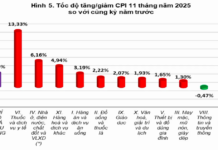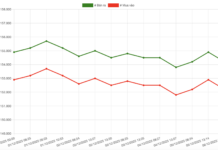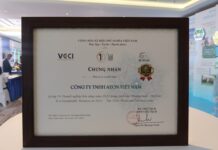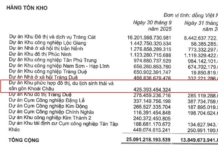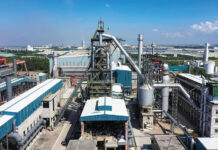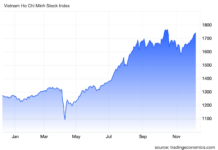
Coffee prices have surged recently, reaching levels that even long-time coffee farmers never expected.
The recent surge in coffee prices has encouraged farmers to plant new coffee trees or replant their old ones.

The prolonged drought has threatened the sustainability of coffee trees in the Central Highlands.
As the dry season continues, Mr. Phan Minh Man in Cu Sue Commune, Cu M’gar District, Dak Lak Province, has been busy buying coffee seedlings. He shared that he needs to choose healthy seedlings and expose them to the sun and wind to harden them before planting when the rain comes.
Mr. Man attributed the surge in coffee prices as the main motivation for farmers to replant their coffee trees. His family’s coffee garden had become less productive over the years, but they hesitated to replant due to low coffee prices, which were below 50,000 VND/kg. At such low prices, farmers barely broke even, and sometimes even incurred losses if they didn’t rely on their labor as a source of profit.
Even though the planting season has not started yet, seedling shops are bustling with customers. Mr. Nguyen Ba Hung, a representative of a seedling center in Hoa Thang Commune, Buon Ma Thuot City, Dak Lak Province, observed that many people have come to inquire about coffee seedlings. Traders are among the biggest buyers, purchasing large quantities (some buying 3,000 – 4,000 seedlings) to resell to farmers.
Mr. Hung noted that the demand for coffee seedlings has increased significantly following the surge in coffee prices. The sudden increase in coffee planting has led to a shortage of seedlings as they need to be prepared months in advance.

The prolonged drought has led to an increased demand for coffee replanting among farmers.
Mr. Phan Viet Ha, Deputy Director of the Western Highlands Agriculture and Science Institute (WASI), confirmed that the recent increase in coffee prices has spurred a higher demand for coffee planting among farmers.
At WASI, the Eakmat Coffee Research and Technology Transfer Center, which specializes in providing coffee seedlings and seeds nationwide, has prepared 2 million seedlings, but it is still not enough to meet the market demand.
Mr. Ha warned about the potential shortage of coffee seedlings and advised farmers to buy from reputable sources to avoid buying inferior seedlings, which would result in financial losses and wasted time and effort.
Regarding the current demand for coffee planting, Mr. Ha stated that it would be a positive sign if the replanting is done on old and unproductive gardens, provided that it suits the local soil and climate conditions.
He cautioned against expanding coffee areas indiscriminately just because of the recent price increase. Additionally, farmers need to be aware of the upcoming EU law banning the import of seven product groups, including coffee, originating from deforestation, which will take effect at the end of 2024.
Specifically, the law states that products originating from land with forests destroyed or degraded after December 31, 2020, will not be allowed to be exported to the EU market. Therefore, farmers must comply and avoid planting or cultivating on land with forest origins to avoid violating this law.

Ensuring the sustainable development and economic efficiency of coffee production entails addressing a series of issues.
Mr. Nguyen Hoai Duong, Director of the Department of Agriculture and Rural Development of Dak Lak Province, emphasized that ensuring the sustainable development and economic efficiency of coffee production entails addressing a series of issues, from planning and production to technology, processing, infrastructure, and accompanying agricultural services.

A model of lush coffee trees grown using the “multi-layer symbiosis” method in Dak Lak.
Mr. Nguyen Thien Van, Vice Chairman of the People’s Committee of Dak Lak Province, acknowledged that hundreds of thousands of hectares of coffee trees have been withering and suffering from low yields and poor fruit quality due to a lack of irrigation water during the dry season over the past 20 years. This situation highlights the inadequacies in the management, planning, and development of coffee areas, which have been done haphazardly without proper coordination.
Another issue is that nearly 80% of the coffee area in the province is planted with seedlings that have not undergone selection or scientific testing by specialized agencies.
As a result, coffee productivity is low, bean size is small and uneven, and the trees are susceptible to diseases. Furthermore, excessive use of chemical fertilizers, pesticides, and growth stimulants to maximize yields has not only exhausted the trees but also severely polluted the soil, making it difficult to restore ecological balance and achieve sustainable development in the future.
These issues have undermined the sustainability of Dak Lak’s coffee industry.
Addressing and gradually eliminating these problems is imperative for the relevant authorities and the coffee production and business community to maintain the strategic position of this crop.
On the other hand, while Vietnam is the second-largest coffee exporter in the world, it has little control over prices. Additionally, most of Vietnam’s coffee exports are in raw form, which fetches lower prices.
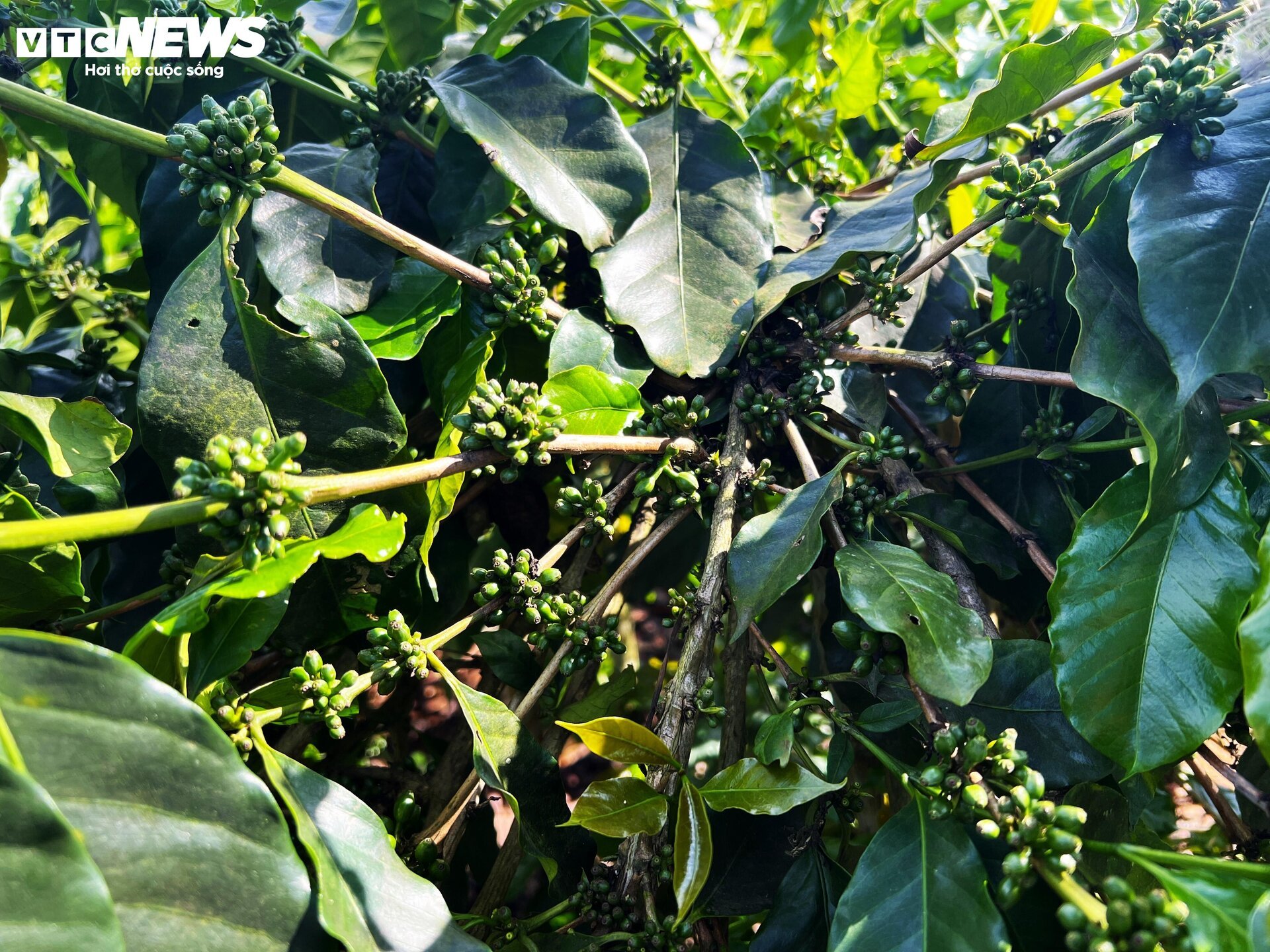
Despite the peak drought, coffee trees grown using the “multi-layer symbiosis” method remain productive.
To leverage the strengths and potential of the “black gold” industry, Dak Lak Province has determined that coffee development must be based on efficient exploitation of land, water, and climatic advantages, producing goods that meet market demands, are efficient and sustainable, and apply advanced science and technology to increase productivity, quality, and competitiveness.
Mr. Tran Dinh Trong, Director of the Ea Tu Fair Agriculture Cooperative in Ea Tu Commune, Buon Ma Thuot City, a pioneer in producing and processing high-quality coffee, shared that only by improving the quality of the “black gold” can the industry’s sustainability be ensured.
To achieve this, the coffee industry must be built based on a value chain that encompasses cultivation, harvesting, processing, brand building, and export.
In this chain, forming a concentrated source of raw materials is crucial to ensuring control over the coffee beans from the very beginning.
“I gather coffee farmers through the cooperative. Here, members enjoy various benefits, such as buying fertilizers and pesticides at original prices without going through intermediaries. This ensures the quality of the inputs and prevents financial losses due to substandard products.
Furthermore, by adhering to sustainable farming practices (harvesting ripe fruits and sorting beans by quality…), the selling price can be 5,000 – 20,000 VND/kg higher than the market price… Regarding product distribution, the cooperative has a long-standing partnership with Dak Man Vietnam Company, ensuring stable sales and better prices for our members.”, Mr. Trong explained.
In addition to producing high-quality coffee, the Ea Tu Cooperative is also aiming for organic coffee production. Mr. Trong shared that Dak Lak Province has issued a resolution on sustainable coffee development, and the cooperative hopes for more support from the government, especially in terms of administrative procedures for accessing preferential loans and advanced technology, to boost development and bring benefits to coffee farmers.

Amid the scorching heat of early May, a lush coffee garden in Krong Nang District, Dak Lak Province, stands out.
Under the scorching sun of early May, we visited the coffee garden of Mr. Tran Van Thao in Ea Bi Village, Dlie Ya Commune, Krong Nang District, Dak Lak Province.

A lush coffee garden amidst the Central Highlands drought.
Nestled under the shade of tall trees, we were amazed to find lush coffee trees intercropped with various other plants and a rich understory. The atmosphere here was completely different, cool and pleasant.
Mr. Thao’s coffee garden spans over 6 hectares, and the trees have been yielding fruit for more than 10 years. The garden is located on a gentle slope.
Like everywhere else in the region, the canals in Krong Nang District have dried up this year. However, Mr. Thao remains unperturbed, as if the drought has little effect on him. At an altitude of 900 meters, his coffee trees are laden with fruits.
Sitting in his house, listening to the rustling of the wind through the coffee trees, Mr. Thao shared, “If you don’t understand the sun and rain, the trees and the soil, you can’t live peacefully as a coffee farmer.”
Mr. Thao’s family has been practicing organic landscape coffee farming since the year 2000. This model consists of three vegetation layers: the upper layer provides shade, the middle layer is coffee trees, and the lower layer is a herbaceous understory.
Through the Compact Krong Nang Program (a program that combines production with natural resource conservation and social welfare), Mr. Thao has completely replaced the use of chemical pesticides and fertilizers with biological and organic products. Intercropping coffee with durian and avocado trees using the “multi-layer symbiosis” method not only brings economic benefits but also contributes to environmental protection.

The herbaceous understory has replaced the use of chemical pesticides and fertilizers, helps retain water, and prevents soil erosion.
Mr. Thao explained that coffee trees are often grown as a monoculture because many believe that direct sunlight will result in higher yields. However, this approach requires farmers to ensure sufficient water for irrigation, apply fertilizers, and manage pests and diseases with chemical pesticides.
Additionally, there is a common misconception that intercropping multiple species in the same garden will lead to competition for nutrients. As a result, monoculture coffee farms have become prevalent, with large areas of forests cleared to make way for coffee, tea, and rubber trees.
Many coffee farms have been devastated by fires, droughts, and low yields due to a lack of windbreaks. Moreover, when irrigating coffee trees, some farmers tend to pump water directly into the tree bases, using 100 – 200 liters of water per tree per irrigation, leading to water wastage, soil erosion, and groundwater pollution.
The removal of forest trees (the upper layer) as natural barriers and the elimination of the understory to prevent weed competition have resulted in the increased use of chemical pesticides. When it rains, the water falls directly on the soil, washing away nutrients, which then requires the application of more fertilizers, creating a vicious cycle.
With the “multi-layer symbiosis” method, instead of using chemicals to control weeds as before, Mr. Thao planted clover, which helps improve the soil, retain moisture during the dry season, prevent soil erosion, and maintain beneficial microorganisms in the soil. This approach has reduced production costs by about 30%, significantly improved yields and garden health, and maintained soil fertility.
The upper-layer trees not only act as natural barriers but also provide economic value. Additionally, Mr. Thao plants a row of trees around the perimeter of his garden to serve as windbreaks, reducing the impact of strong winds and minimizing damage during storms.

With the “multi-layer symbiosis” method, even if the drought lasts all year, the coffee trees remain unaffected.
“Coffee trees grown in the shade will ripen slower (compared to monoculture) and produce higher-quality beans. The diversity of plant species in the garden will enrich the soil, enhance its vitality, and attract a variety of insects and animals. When pests appear, natural enemies will also emerge to control their population,” shared Mr. Thao.
Through comparisons with monoculture coffee gardens in the area, Mr. Thao has observed significant differences in economic efficiency, investment levels, and coffee tree development, all favoring the “multi-layer symbiosis” method.
“In the 2023-2024 coffee season, my family harvested and sold our coffee at the peak price (over 130,000 VND/kg). After deducting expenses, we made a profit of about 60%. Since the beginning of the drought, my coffee garden has never lacked water. With this method, even if the drought lasts all year, the trees remain unaffected,” Mr.






